Why start swimming and how to effectively do it?
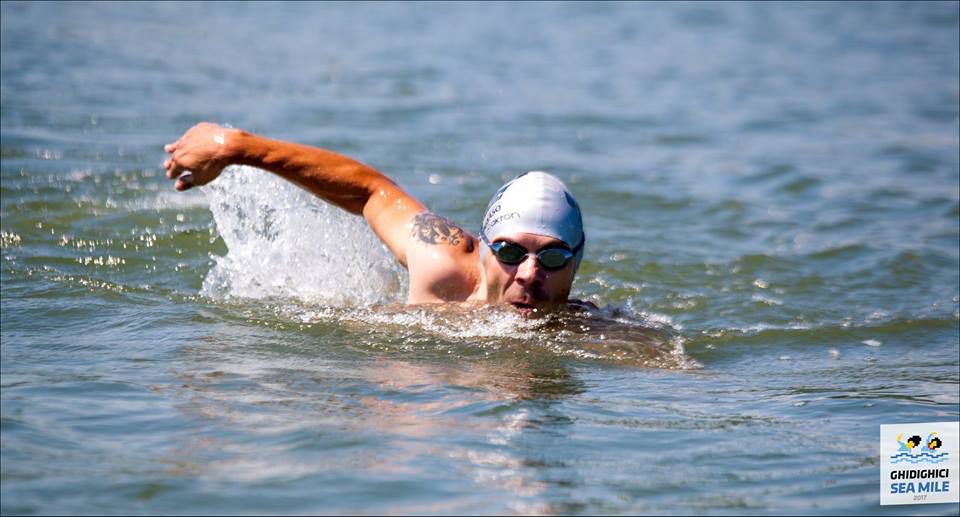
Swimming is one of the most popular mass sports. In addition, it is also one of the most useful types of physical activity.
Swimming is the most harmonious strenuous activity, because it:
● trains the maximum number of organs and body systems
● forms a beautiful and flexible figure by involving all muscle groups
● grants smooth and supple skin
● allows for weight control
● does not overload the body
● brings people closer to nature and helps them feel connected to it
● forms such personal traits as purposefulness, endurance, discipline
● is an efficient means of developing resistance to the cold
● is an excellent means of prevention and treatment of many diseases
● increases efficiency, reduces tension and stress
● can be practiced from the first month of life up to an old age
Impact of swimming on the human body
What’s the impact of swimming on each of the organs and systems of the human body?
Respiratory system
Swimming increases the power of the breathing muscles and increases their tone, strengthens lungs ventilation, increases the vital lung capacity.
The swimmer's breath is coordinated with the movements of his arms and legs. One motion cycle using the arms is usually performed in one inhalation and one exhalation. Since a lot of energy is wasted during swimming, the need for oxygen increases. That's why the swimmer tries to completely use every breath. The fuller exhalation is facilitated by water pressure on the chest. It also contributes to the development of muscles that expand the chest.
As a result of swimming, the vital lung capacity increases, the functional capabilities of the respiratory system improve, the number and elasticity of the alveoli increases.
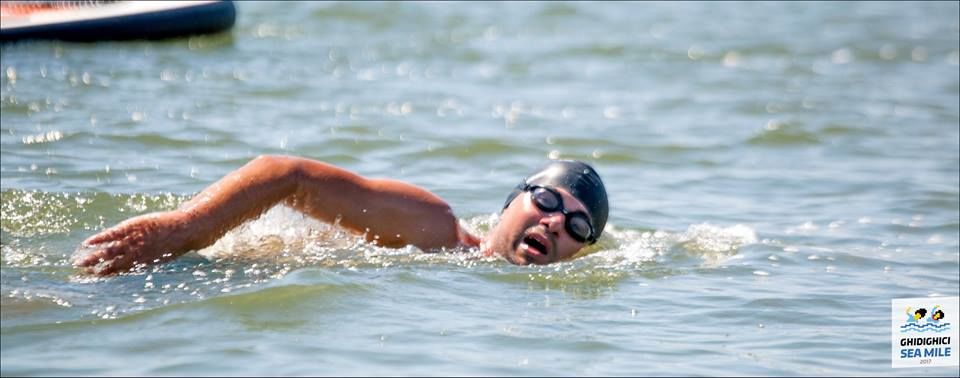
Along with systematic swimming training, the maximum oxygen consumption also increases. A peculiar record was established by swimmers for oxygen consumption per minute – 5 liters.
The cardiovascular system
People who regularly swim have stronger heart muscles and increased cardiac output (the amount of blood ejected from the heart in the cardiac cycle), the number of heartbeats per minute decreases. In trained swimmers, heart rate at rest is 50-60 or even 40-45 beats per minute, whereas in normal healthy people the heart rate ranges from 65 to 75. At the same time, working with the maximum intensity, the heart of a swimmer is able to develop a rate of up to 200 beats per minute, while the amount of blood pumped into the aorta increases from 4-6 liters to 35-40 liters per minute.
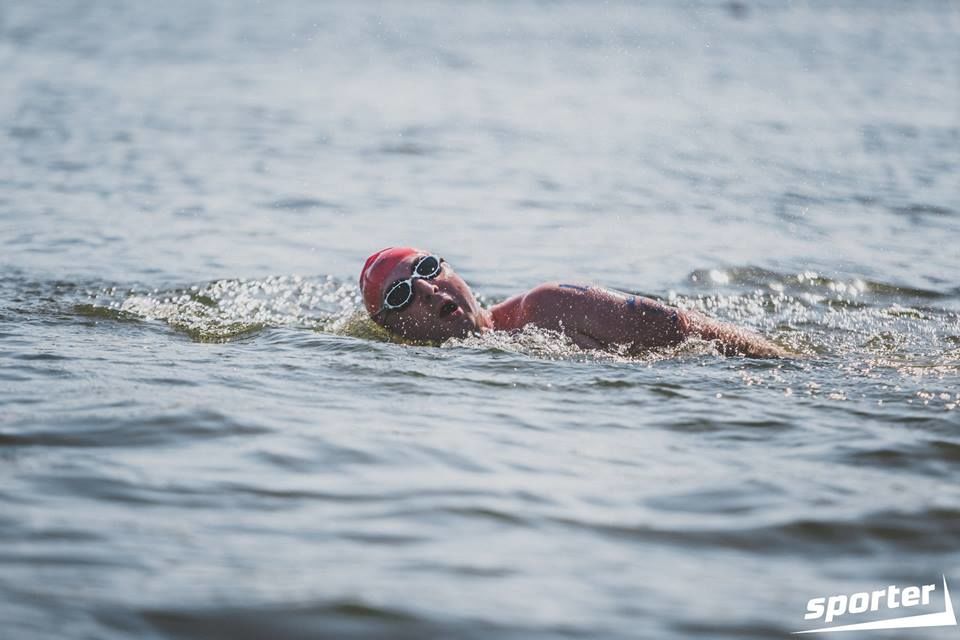
As stated above, swimming contributes to the strengthening of the cardiovascular system, as the heart works under favorable conditions. Water pressure facilitates the outflow to heart of peripheral blood. Therefore, swimming is recommended to older adults and even to people with a weak heart.
Swimming contributes to change in blood composition. When a person is in the water, the amount of blood cells (red blood cells, leukocytes, hemoglobin) increases. This is observed even after a single session. After 1.5-2 hours after swimming, the blood composition returns to a normal state.
The locomotion system
In the water, there is a complete muscle work, regardless of the chosen swimming style. Uniform work of every one of your body's muscles contributes to the shaping of a harmonious figure, well-rounded streamlined forms.

During swimming, the tension and relaxation of different muscles alternate, which increases their efficiency and strength. Swimming requires coordination of all muscles in motion. Because water resistance is greater than air resistance, the swimmer has to train more intensely. Therefore, due to swimming, muscles become stronger and more elastic. At the same time, the body is kept afloat by water so that there is no excessive strain on any muscle groups or joints.
In the water, the static tension of the body decreases, the load on the spine reduces and the backbone is properly formed, developing a good posture. The active movement of the legs in the water strengthens the feet and prevents the development of flatfoot.
Swimming keeps the joints flexible, especially in the neck, shoulders and hips. The index of total mobility in swimmer's joints is much higher than that of athletes of other specializations. The overall joint mobility index in swimmers is much higher than in other athletes.
The nervous system
Swimming exercises have a positive effect on the state of the central nervous system, contributing to the formation of a balanced and strong type of nervous activity.
Swimming restores the nervous system, balances the processes of excitation and inhibition, improves the blood supply to the brain.
The pleasant associations related to swimming and maintaining the body balance in the water have a beneficial impact on the mental state, contributing to a positive emotional background. Swimming helps to overcome hydrophobia, relieves fatigue, is helpful in nervous overexertion and depression, raises mood, improves sleep, attention and memory.
Regular swimming classes contribute to self-discipline and develop volitional powers.

The immune system
It is a known fact that swimming is an efficient means of developing resistance to the cold, since it makes the body less susceptible to low temperatures. As a result of changes in blood composition during swimming, the protective potential of the immune system increase, which improves the resistance to infections.
Personal traits
Swimming also has an impact on the formation of personality. Regular swimming lessons help develop such traits as self-control, perseverance, purposefulness, determination, independence, courage, discipline.
Reducing stress
The regulation of breathing in water and a full-body massage during swimming reduce stress. Water surrounds you and gives you a sense of lightness and weightlessness, thereby creating pleasant emotions. Swimming is helpful in depression, raises your mood, makes your thoughts clearer, improves attention and memory. Swimming brings you closer to nature, allowing to feel connected to it.
Social activity
At any age, at any level of preparation, swimming is the ideal sport activity, since it is not only training useful for physical health, but also a pleasant pastime. Attending the pool or group trainings in open water, you’ll be able to find new friends, learn a lot of interesting and useful things.

By strengthening the nervous system, increasing overall tone, improving sleep and appetite, swimming leads to a general improvement in the quality of life.
That’s not enough to be able to float. You need to learn how to swim properly. There are several swimming styles, which differ from each other in movements, speed and energy consumption, in start rules and turning techniques during competitions, as well as technical complexity and ease of mastering for most people.
Breaststroke
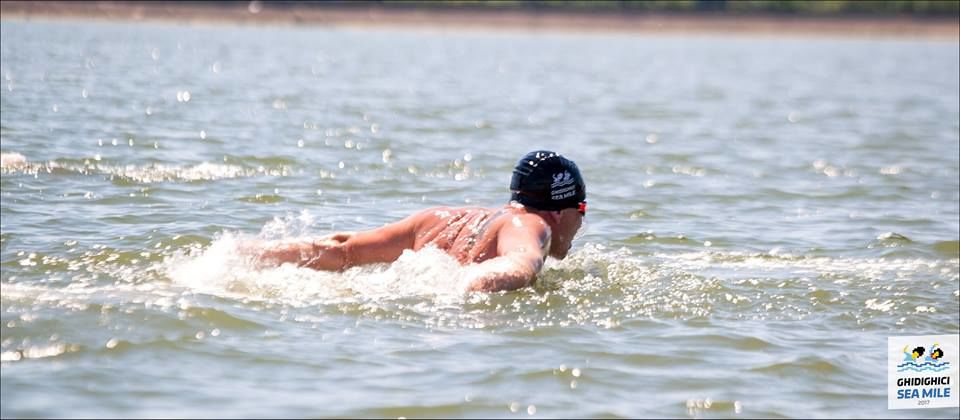
This is one of the slowest styles of all existing. It is explained by the fact that, during swimming, it is necessary to perform a complete rendition of hands forward. But, despite this, namely this technique was used to set the first records in the water sport. However, the competing swimmers tried to somehow accelerate their progress towards the goal with the help of their arms, as in the butterfly. Because of this, the International Amateur Swimming Federation (FINA) had to divide the latter into a separate swimming style. So one direction gave birth to two: breaststroke and butterfly.
The breaststroke provides synchronous horizontal leg movements at the same time with wide strokes of arms. After the start and before the finish, the athlete can only make a full vertical movement under water once. At the same time, the swimmer's head can immerse under the water only for a short time. Diving into breaststroke (full immersion under water for a long time) is prohibited at competitions.
Butterfly
It is second in speed. Initially, it was considered a subvariety of breaststroke, but in 1952, it was singled out as a separate direction. The name of “butterfly” comes from the specific movements of the swimmer, resembling the strokes of butterfly wings.
It was first used in the 1930s. At that time, it was applied as an additional movement in the breaststroke style. Later it was used to overcome all the distances. The first swimmer to officially use this stroke was John Higgins, who swam the butterfly style at the competitions in 1935. Subsequently, the work of the legs borrowed from the breaststroke was replaced by their synchronous movement up and down while stroking water surface. In this case, the hands must also make synchronous movements.
At the moment, there is one more variety of butterfly - the dolphin kick. The "dolphin" kick has become a more rapid upgrade of butterfly stroke. It differs by the movements of the swimmer's legs under the water: up and down kicks in the vertical plane, whereas the butterfly stroke borrowed the leg movement from the breaststroke.
Crawl
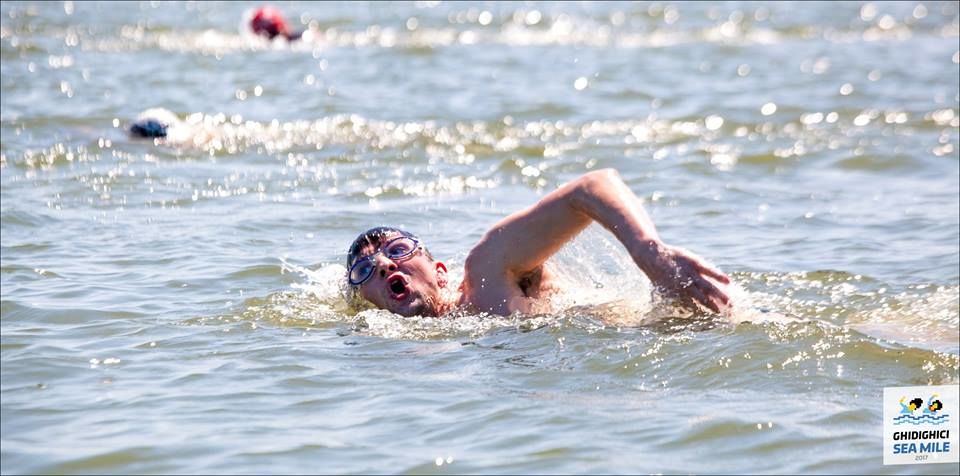
Crawl is the fastest swimming style of the existing. It originated from the traditional sidestroke, when arms alternate. For the first time, it was used in competitions at the beginning of the 20th century. Imrich Zoltán Halmay, the two-time Olympic champion, was among the first to swim the crawl in a competition.
In crawl, the arm movements provide most of the forward motion. The swimmer slightly bends his arms in the elbows and sinks them in water near his shoulders, followed by a long and powerful stroke, during which the arm is completely straightened out and withdrawn from the water in the thigh area. All movements of the hands are accompanied by alternate leg kicks up and down on the water. For this, legs should be bent inward and outward.
Backstroke
Originally this swimming method was used to rest on the water. But over time, its popularity increased, and the style started to be used in swimming competitions. At first it was regarded as a breaststroke variation, while the arms were under water. To date, the style has been slightly modified and called the "backstroke". In appearance, it is a sort of back crawl, as the swimmer is lying on his back, alternately swinging his arms and making flutter kicks with his legs on the water.
May you be reminded that the open-water swimming competition, Sea Mile 2018, is due on July 15, 2018, on Lake Valea Morilor, Chisinau.
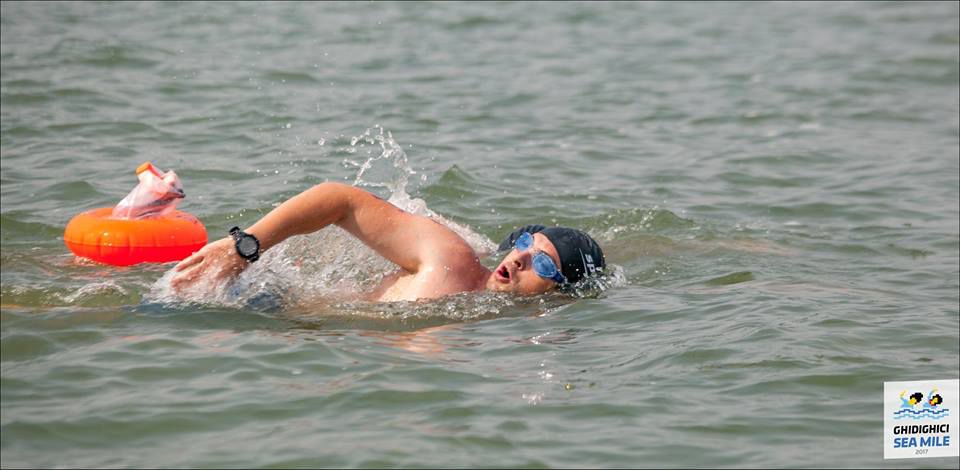
The organizers of the competition have prepared three distances to choose from: Sea Mile (1852 m), Double Sea Mile (3704 m) and Triple Sea Mile (5555 m).
As part of Sea Mile 2018, the kids’ competition KIDS AQUATHLON will be held. The contest will comprise swimming 200 meters and running 1,5 kilometers.
The Sea Mile competition is going to be held for the sixth time.


